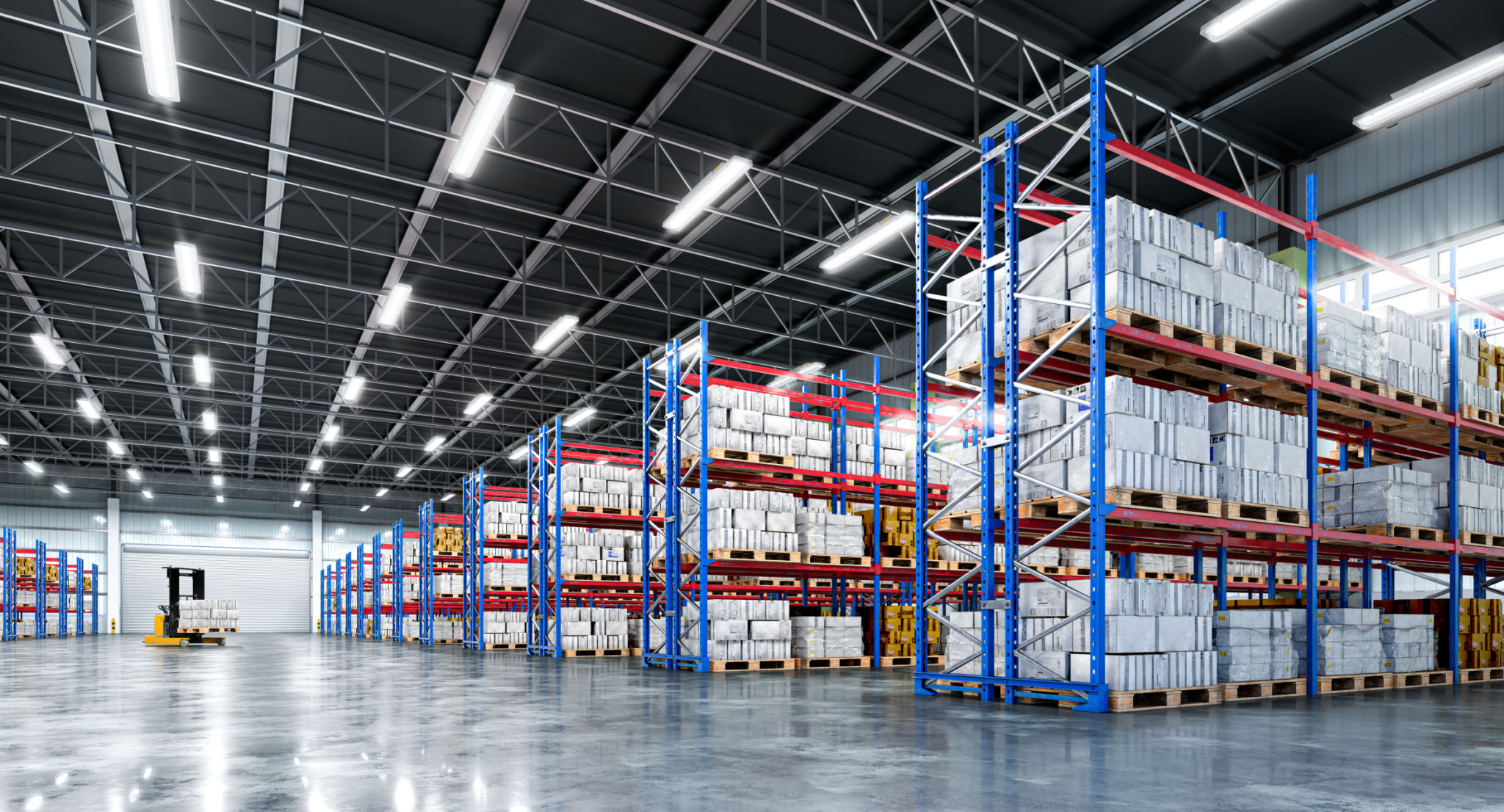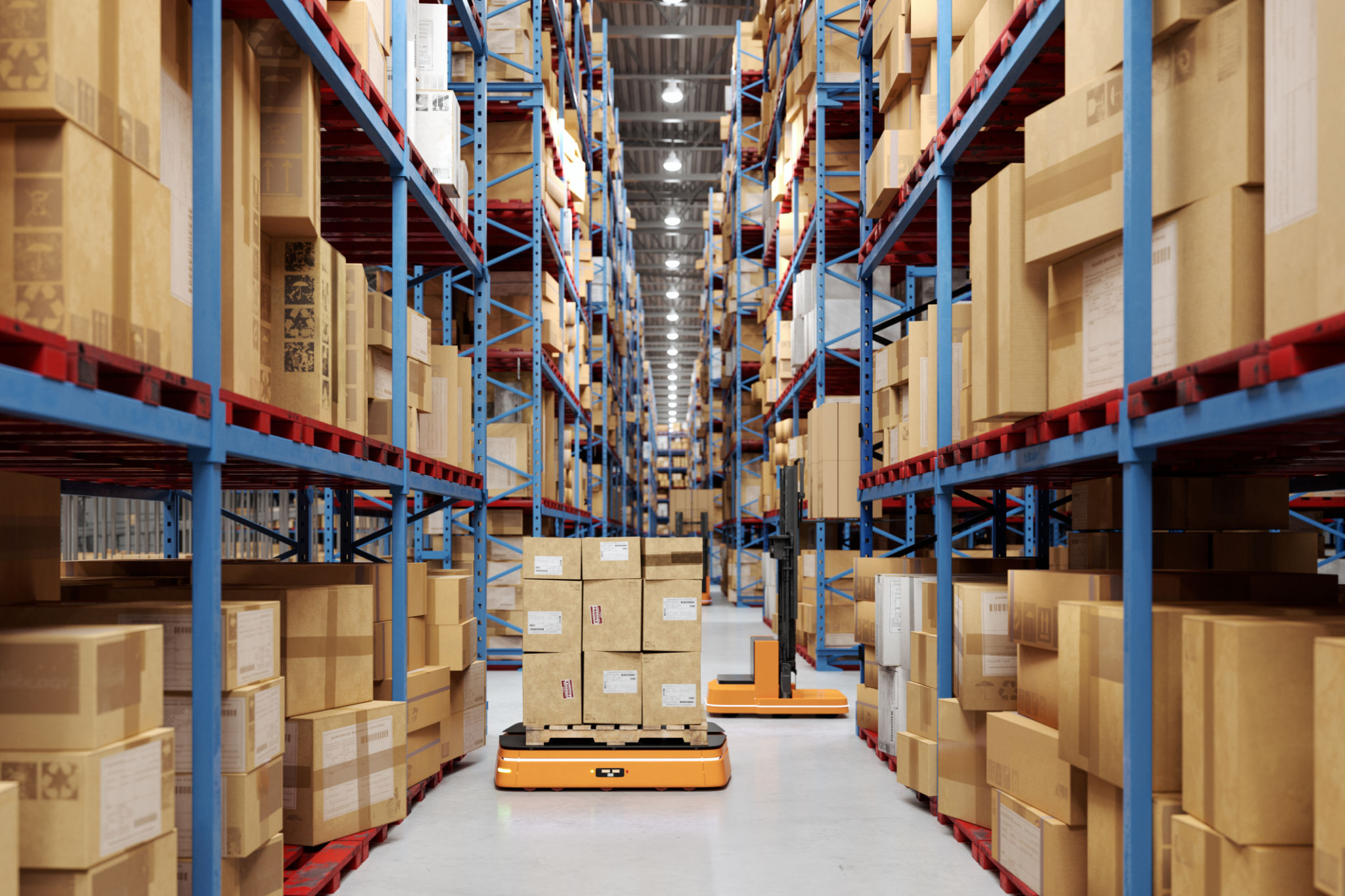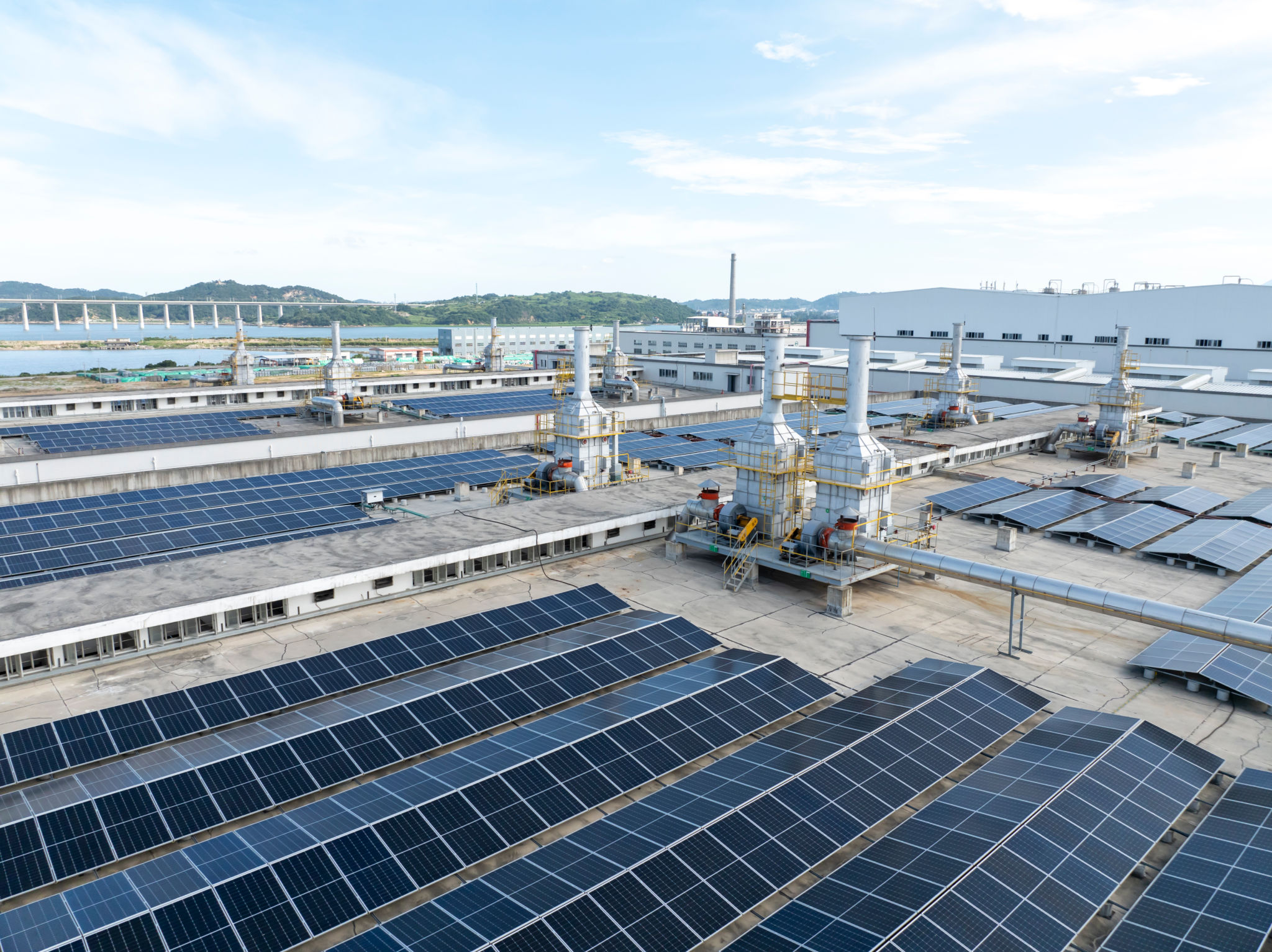Comprehensive Guide to Optimizing Industrial Warehouse Design
Understanding the Importance of Warehouse Design
In the fast-paced world of industrial logistics, the design of your warehouse can significantly impact operational efficiency. An optimized warehouse layout not only maximizes space utilization but also enhances workflow, reducing time and costs associated with storage and retrieval processes. Careful planning and strategic design are crucial to achieving these objectives.

Key Elements of Warehouse Design
Layout and Space Utilization
The foundation of any effective warehouse is a well-thought-out layout. Consider the types of products stored, their dimensions, and the frequency of their movement. By strategically placing high-traffic items near shipping areas and less frequently accessed items further away, you can streamline operations. Effective space utilization involves not just horizontal expansion but also vertical storage options, using shelving and racking solutions.
Workflow Optimization
An optimized workflow reduces unnecessary movement and improves productivity. Map out processes such as receiving, storage, picking, packing, and shipping to ensure a logical flow. Implementing automated systems like conveyor belts or mobile robots can further enhance efficiency by minimizing manual labor and errors.
Technological Integration
Modern warehouses benefit significantly from integrating technology into their design. Warehouse Management Systems (WMS) provide real-time data on inventory levels, helping to reduce excess stock and streamline order fulfillment. Additionally, using barcode scanners or RFID technology can accelerate inventory tracking and improve accuracy.

Safety and Accessibility
Safety should never be compromised in warehouse design. Adequate lighting, clear markings for pedestrian paths, and safety barriers are essential. Additionally, ensure that all areas are easily accessible to employees and equipment. Regular safety audits can identify potential hazards and areas for improvement, maintaining a safe working environment.
Sustainability Practices
Incorporating sustainability into warehouse design is not only environmentally responsible but can also lead to cost savings. Use energy-efficient lighting and climate control systems to reduce energy consumption. Consider installing solar panels or utilizing renewable energy sources to power your facility.
Recycling and Waste Management
Implement a comprehensive recycling program to minimize waste output. Designate areas for sorting and disposing of materials, ensuring compliance with local regulations. By optimizing waste management processes, you contribute to a greener operation while potentially reducing disposal costs.

Continuous Improvement
Warehouse optimization is an ongoing process. Regularly review your design and operations to identify areas for improvement. Encourage feedback from staff, who can provide valuable insights into day-to-day challenges. By fostering a culture of continuous improvement, your warehouse can adapt to changing demands and remain efficient.
In conclusion, optimizing industrial warehouse design requires a comprehensive approach that balances space utilization, technological integration, safety, sustainability, and continuous improvement. By focusing on these key elements, businesses can enhance their operational efficiency, reduce costs, and ultimately improve their bottom line.
